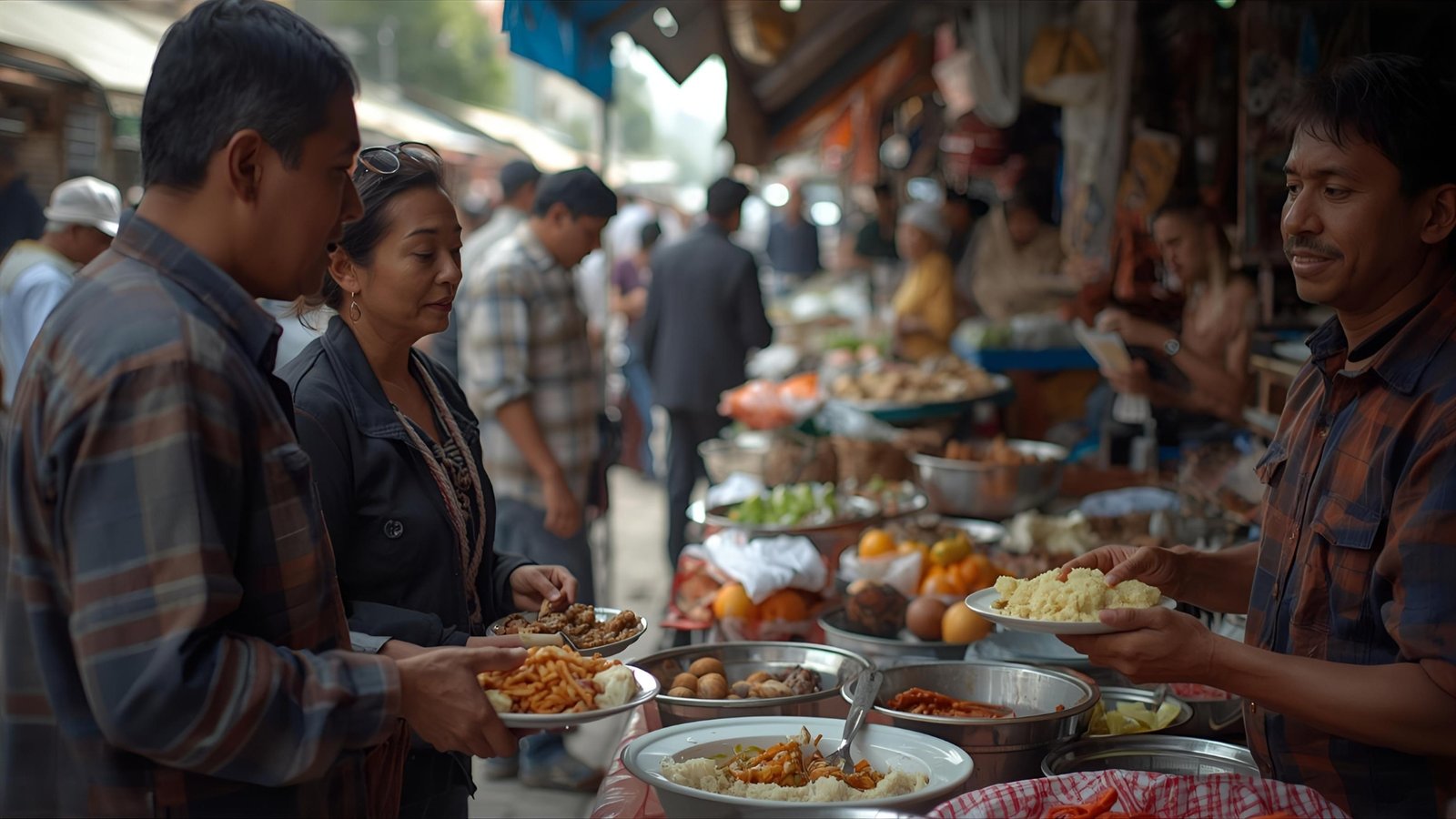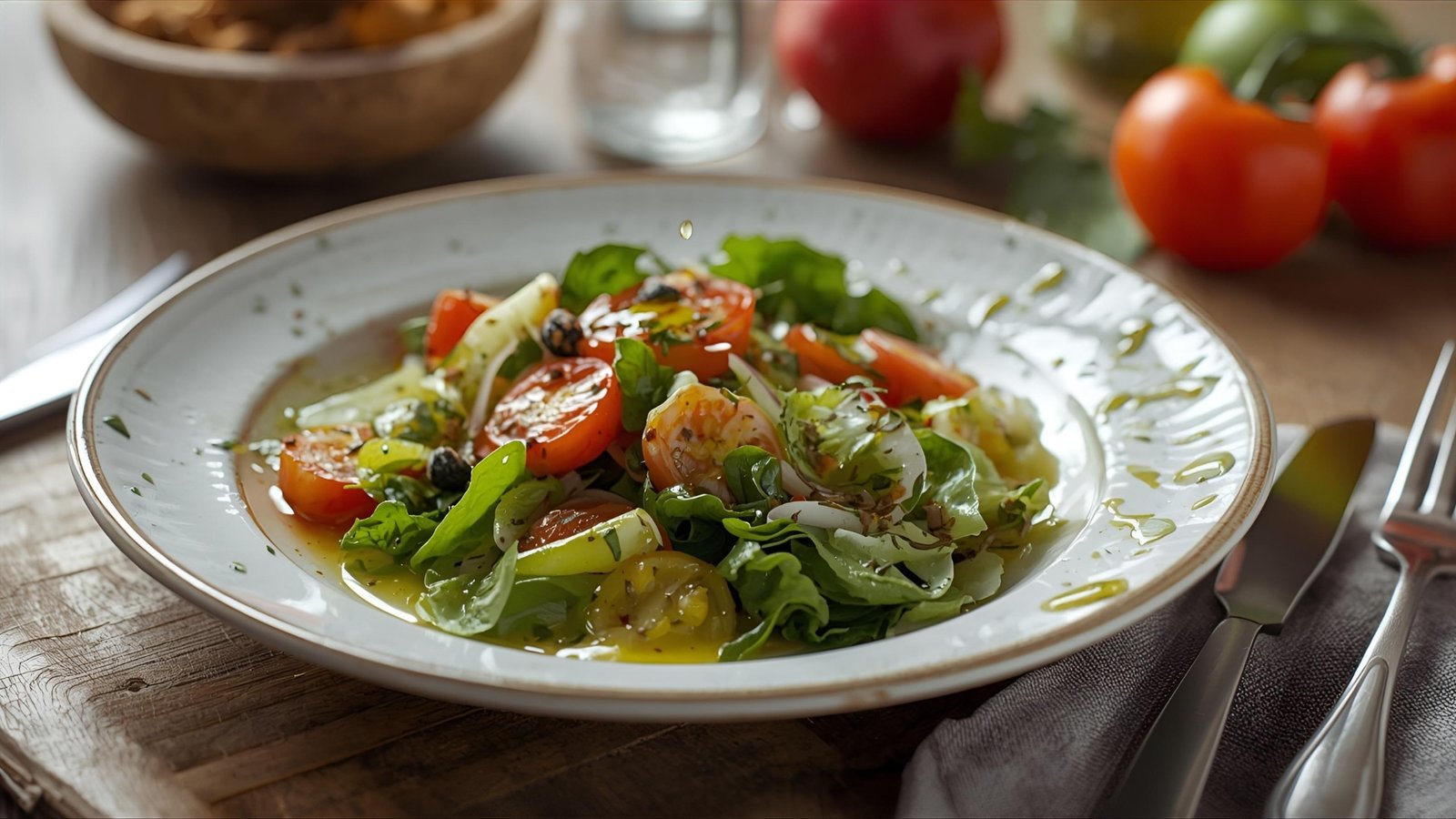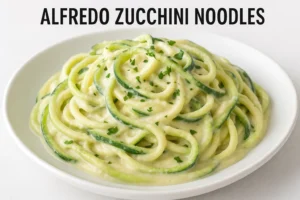The first bite can be disorienting. You might be sitting in Kunming or Dali, yet the bowl before you hums with lemongrass brightness, chilli heat, lime tang, and a lush perfume of fresh herbs that could have walked out of a Bangkok street stall. This isn’t a culinary mirage. Yunnan cuisine—especially in the province’s southern reaches—regularly echoes the flavour logic of Thai food. That likeness isn’t accidental; it’s the product of shared borders, overlapping ethnic traditions, tropical agriculture, and centuries of cross-border trade along the old Tea Horse Road.
In this deep dive, we’ll trace how climate, crops, migration, and technique intertwine to produce such kinship. We’ll explore signature dishes, from crossing-the-bridge rice noodles and Dai grilled fish to green papaya salads that taste like cousins to som tam. We’ll untangle the role of fermentation, fresh aromatics, and balance—sweet, sour, salty, bitter, and heat—that both kitchens prize. Along the way, we’ll highlight LSI keywords and concepts, such as Dai cuisine, herbal aromatics, sticky rice traditions, fish sauce analogues, the Southeast Asian spice route, and the Mekong foodways, to illuminate why the two gastronomies feel like close family.
Geography that tastes like flavour
The map explains the menu. Yunnan sits on China’s southwestern frontier, descending into jungle valleys that brush Myanmar, Laos, and Vietnam before swinging toward northern Thailand. In Xishuangbanna—the Dai autonomous prefecture at Yunnan’s southern tip—the climate transitions to a humid subtropical one, nurturing banana, palm, and bamboo groves. The same sun and rain that plump Thai basil, lemongrass, and bird’s-eye chillies in Chiang Mai also bless farms in Jinghong. When the land grows the same herbs and aromatics, cooks reach for the same building blocks.
A Mekong corridor of ingredients
The Mekong River ties these landscapes together. Flowing from the Tibetan Plateau through Yunnan—and on to Laos, Thailand, Cambodia, and Vietnam—it has long ferried people, spices, salt, and preserved fish. Markets on both sides carried galangal, kaffir lime leaves, green peppercorns, tamarind, and sticky rice. Given the pantry overlap, it’s natural that Yunnan dishes, particularly Dai cuisine, share a similar flavour profile with Northern Thai and Isan cooking: bright, herbal, citrusy, and chilli-forward.
People and palates that bridge borders

Yunnan is one of China’s most ethnically diverse provinces, home to groups whose kin live across Southeast Asia. The Dai people of Yunnan are closely related to the Thai and Lao; the Hani, Lahu, and Jingpo also have cross-border communities. Over generations, festivals, marriages, and trade caravans have woven food traditions into a shared culinary DNA.
Dai cuisine and its Thai echoes
If you’ve ever crunched into Dai-style grilled fish perfumed with lemongrass, lime, and fresh chilli, you’ve tasted the resemblance first-hand. Dai cooking favours charcoal grilling, banana-leaf wrapping, green chilli dips, herb-laced salads, and sticky rice—all staples in Northern Thai kitchens. The Dai green sauce (often a fiery blend of green chillies, cilantro, garlic, and lime) bears a resemblance to nam phrik noom, the roasted green chilli dip of Chiang Mai. The kinship isn’t mimicry; it’s a shared heritage tuned by local terroir.
A shared language of balance
Both Yunnan cuisine and Thai food converse in the same grammar of balance: sour from lime or tamarind, salty from salted fish, soy, or fermented condiments, sweet from palm sugar or rock sugar, bitter from wild greens and tea leaves, and heat from chillies. This delicate calibration is what makes a papaya salad sing and a Yunnanese herb salad sparkle.
The five-sense approach
In Yunnan’s markets, you’ll see bundles of sawtooth coriander, mint, dill, and culantro tucked beside young ginger and galangal. Throw in roasted chillies, toasted rice powder, and citrus juice, and you’re speaking the flavour dialect of Northern Thailand. The result is food that brightens the palate, cuts richness, and layers aromas rather than bludgeoning with spice.
Techniques that travel: grill, toss, ferment
Culinary technique is a passport that needs no stamps. The charcoal grill, the mortar and pestle, and the clay pot hop borders as easily as songs. In Yunnan’s south, cooks grill river fish stuffed with lemongrass and wild herbs and wrap minced pork or mushrooms in banana leaves to roast slowly. These approaches align with traditional Thai street food practices, where grilling and wrapping concentrate juices and impart a distinct aroma.
Mortar, pestle, and the sound of dinner
The rhythmic thud of a mortar—pounding chilies, garlic, and herbs—is as familiar in Yunnan’s Dai kitchens as in Thai ones. That’s how you build green chilli dips, herb pastes, and salad dressings that carry volatile aromatics into each bite. The texture matters, too: hand-pounded sauces cling to vegetables and meats better than machine-blended versions, which can become watery and lose their flavour.
Fermentation as flavour memory
If grilling captures the moment, fermentation captures time. Yunnan uses pickled mustard greens, fermented tofu, preserved chillies, and salted fish to add depth and umami. Thailand adds fish sauce, shrimp paste, and pickled bamboo for the same reason. Even where the specific condiments differ, the logic remains the same: fermented salinity amplifies fresh herbs and tart citrus, pushing dishes into that addictive savoury-sour register.
Ingredients that rhyme, even when they differ
Similarity doesn’t require identical twins. Some ingredients merely rhyme across borders, delivering parallel effects.
Fish sauce and its local stand-ins
Thai food leans on nam pla (fish sauce), a liquid backbone of salty umami. Yunnanese kitchens might use soy sauce, salted fish, or fermented soybean products to chase the same sensation. In Dai cooking, fermented fish and local brined condiments create a salty depth that, when added to limey dips, falls into the same taste neighbourhood as Thai dressings.
Sticky rice and the texture of comfort
In the south of Yunnan, sticky rice is a comfort and a ceremony, just as it is in Northern Thailand and Laos. Its chewy texture balances spicy dips and grilled meats, inviting you to pinch, scoop, and sop. Meanwhile, the province-wide staple rice noodles tie Yunnan to mainland Southeast Asia’s noodle cultures. Try crossing-the-bridge rice noodles (guoqiao mixian) with fragrant herbs, chilli oil, and pickled vegetables, and you’ll recognise echoes of Thai noodle soups layered with fresh aromatics.
Dishes that prove the point

Talking theory is fine; tasting is better. A handful of Yunnan classics illuminate the Thai resonance.
Dai grilled fish with green chilli dip
A freshwater fish, butterflied and rubbed with salt, lemongrass, and wild lime leaves, is placed on a charcoal grill until the skin crackles and the flesh steams. It’s served with a green chilli dip blasted with lime, garlic, cilantro, and sometimes toasted rice powder. If you swapped the label for Thai nam phrik noom, many diners wouldn’t bat an eye.
Banana-leaf wrapped pork and mushrooms.
Here, minced pork and wild mushrooms are mixed with herbs, chillies, and aromatics, then tied in banana leaves and roasted. The package opens like a forest perfume, fragrant and moist—uncannily akin to Thai hor mok or banana-leaf grilled packages of minced fish and spices.
Sour-herb salads and green papaya kinship
Yunnan’s sour-herb salads dress shredded greens, foraged herbs, and sometimes unripe fruits with limey, chilli-laced dressings. It’s a parallel concept to Thailand’s som tam, where green papaya is pounded with chillies, garlic, palm sugar, lime, and fish sauce. The crunch, heat, and citrus lift are the same melody, played on slightly different instruments.
Crossing-the-bridge rice noodles
Although not Thai in origin, a well-garnished bowl can taste like a cousin to Thai noodle soups, thanks to fresh herbs, chilli oil, pickles, and sometimes citrus notes. The Yunnan trick is contrasting hot broth with fresh add-ins, echoing the Thai fondness for brightening at the table with lime, chili flakes, and herb sprigs.
Climate, terroir, and the herbal imagination
Why do Yunnan and Thailand reach for the same herbs? Climate writes the menu. In Yunnan’s south, monsoonal rains and warm temperatures love leafy plants rich in volatile oils—the chemistry behind aroma. Basil varieties, mint, cilantro, dill, and lemongrass flourish. Cooks in both cultures learned to layer these herbs late in the process—after grilling or just before serving—to preserve the perfume’s vividness. That shared practice preserves top notes that define both cuisines’ fresh brightness.
Heat management: freshness over fire
Contrary to stereotype, neither cuisine aims only for maximal heat. Instead, they aim for clarity. Chilies are tuned to wake the palate, not stun it, and they’re balanced by acidity and herbaceousness. This thoughtful approach—call it heat with purpose—helps explain why Yunnan food can taste Thai-like without copying it. It’s the same equation, solved in local variables.
Mushroom abundance and Yunnan’s signature
One distinction that often tilts the flavor back toward China is the use of mushrooms. Yunnan is renowned for its remarkable fungal diversity, featuring porcini, matsutake, chanterelles, and many more. While Thailand certainly enjoys mushrooms, Yunnan’s forest bounties show up everywhere, bringing a woodsy umami that’s less dominant in Thai cooking. Add ham from Xuanwei or pickled greens, and the plate speaks fluent Yunnan even when the herbs and chilies whisper Thailand.
Condiments at the crossroads
If you want to taste where cuisines meet, look at the condiment tray.
Chili oils, roasted dips, and citrus salt
Yunnan’s tables often hold roasted chili dips, chili oils, citrus salt, and pickled chilies. Thailand offers prik nam pla (chilies in fish sauce), chili flakes, sugar, and vinegar with chilies. Different bottles, same goal: dial in balance to your taste. The agency given to diners—customizing sourness, saltiness, and heat—is a shared cultural delight that reinforces the cuisines’ kinship.
Tea leaves and pickles
Yunnan’s love for teis retealected like soin dishes ur tea leaf salads and tea-smoked meats, adding aromatharomatics that extend beyond the palatethen, fermented greens and pickles align with Thailand’s own pickled bamboo and mustards. That mutual affection for tangy, crunchy textures tightens the bond.
History’s hand: the Tea Horse Road and modern travel
Cuisines don’t meet only in markets; they meet on roads. The ancient Tea Horse Road moved Pu’er tea south and brought back ideas and ingredients. In the last few decades, tourism, migration, and restauraculture have rekindled the exchange. Chefs from Yunnan work in Chiang Mai kitchens and vice versa, swapping techniques and seeds. As diners fall for the fresh-herb, citrusy, chilli-bright profile, cooks double down on the similarities—without erasing the Yunnan backbone of mushrooms, pickles, and regional soy-ferments.
Urban Yunnan and the Thai inflexion
In cities like Kunming, contemporary restaurants might plate a Dai-inspired grilled chicken with lime and lemongrass, pair it with sticky rice, and add a side of herb salad dressed with tamarind—a menu that would feel at home north of Chiang Mai. Culinary borders are porous, and modern chefs play where the currents converge.
Health and freshness: why this flavour travels well

Part of the global appeal of both Thai food and Yunnan cuisine is how light and fresh they feel, even when they’re bold. The prominence of fresh herbs, citrus, lean proteins, vegetables, and steamed or grilled cooking methods supports a perception—backed by nutrient density—that these are vibrant, wholesome ways of eating. The similarity in nutrition-forward techniques helps the Thai-like qualities of Yunnan dishes resonate far from Asia.
The comfort of contrast
The magic is contrast. Hot broth meets raw herbs. Charred fish meets lime juice. Spicy dip pairs perfectly with cool, crisp greens. Both cuisines design plates where temperature, texture, and aroma collide in harmony. That architecture of contrast—not any single ingredient—is why your brain says, “This tastes Thai,” even when the soy-fermented backbone or Yunnan ham gives the game away.
How to taste the kinship at home
You don’t need a passport to taste the connection. Start with a Yunnan-style green chili dip, using roasted green chilies, garlic, cilantro, lime, and a splash of soy or fish sauce. Grill a lemongrass-rubbed trout or chicken and serve with sticky rice and a herb salad of mint, dill, sawtooth coriander, and cucumber. For a noodle day, make a clear chicken broth, add rice noodles, blanched greens, and finish with chili oil, scallions, and a squeeze of citrus. You’ll recognise that Thai-like brightness, anchored by Chinese textures and Yunnan ferments.
Ingredient swaps that preserve the vibe
If you can’t find kaffir lime leaves, use strips of lime zest and a few basil leaves. No fish sauce? Mix light soy with a touch of anchovy paste for a surprisingly close stand-in. Can’t get sticky rice? Cook standard short-grain rice a touch drier to mimic the chewy bite. The goal is to preserve the balance and herbal lift, rather than chasing perfect fidelity.
The big picture: same song, different verse
In the end, Yunnan cuisine and Thai food sound like the same song performed by different bands. The chorus—lemongrass, lime, fresh herbs, chili heat, fermented depth, and a zeal for balance—is unmistakable. Yunnan’s verses add mushroom umami, soy-fermented tones, and a distinctly Chinese noodle culture. That’s why dishes from China’s Yunnan province can taste so much like Thai food: shared terroir, kin communities, and centuries of culinary conversation—each plate a postcard from a border where flavors never needed passports.
Conclusion
The resemblance between Yunnan cuisine and Thai food is a layered story of geography, history, and taste. Southern Yunnan’s tropical climate grows the same aromatics that power Thai kitchens. Ethnic ties and the Mekong corridor knitted techniques and condiments into a shared flavor sensibility. And both traditions prize fresh herbs, citrus acidity, calibrated heat, and fermented depth—a culinary balance that feels simultaneously bright and profound. Taste them side by side and you’ll hear the harmony; savour them deeply and you’ll appreciate the distinct verses each cuisine contributes to the duet.
FAQs
Q: Is Yunnan cuisine the same as Thai food?
No. They share a flavour logic—herbal brightness, citrus tang, and chilli heat—but Yunnan leans more on mushrooms, pickled greens, soy-based ferments, and rice noodles, which give it a distinct Chinese backbone, unlike Thai fish sauce and shrimp paste.
Q: Which part of Yunnan tastes most like Thailand?
Xishuangbanna, in southern Yunnan, a Dai autonomous prefecture, has the strongest parallels due to its climate, crops, and cultural ties with northern Thailand and Laos.
Q: What ingredients create the “Thai-like” taste in Yunnan dishes?
Lemongrass, lime or tamarind, fresh herbs like mint and cilantro, and chillies, supported by fermented condiments. These elements shape the sweet-sour-salty-spicy balance found across both cuisines.
Q: Are there Yunnan dishes that strongly echo Thai classics?
Yes. Dai-style grilled fish with green chilli dips, banana-leaf roasted meats, and herb-driven salads can feel very close to Northern Thai staples, while crossing-the-bridge noodles share the fresh-herb finish of Thai soups.
Q: Can I replicate these flavours at home without speciality ingredients?
Absolutely. Use lime zest, basil, and mint for citrus-herb lift; blend light soy with anchovy to mimic fish sauce; and rely on charcoal grilling or a hot oven to lock in aromas. Focus on balance, and the border flavours will emerge.








